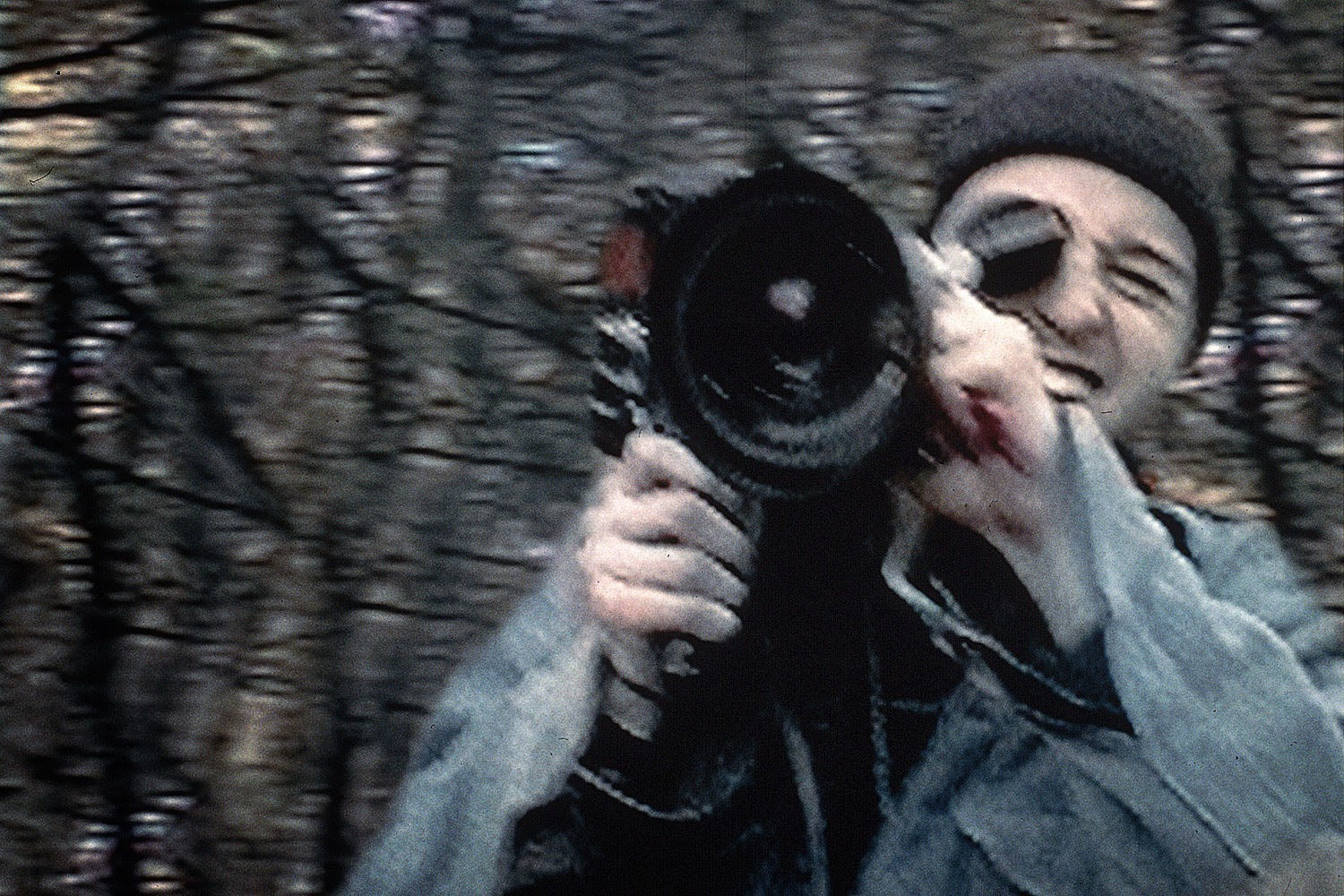The best way to describe the found-footage film is that it’s a cinematic anomaly, which isn’t to say that its existence is a bad thing. What is cinema, after all, if not for accidents and serendipities, right? It’s neither a style nor a subgenre because, as it is, it’s unable to fulfill either role. There are films that counter-argues this point, of course: like Brendan Kramer’s 2015 invasion thriller Ratter, which places the viewer in a voyeuristic, most uncomfortable view of a hacker-stalker, recording, through her computer and phone cameras, everything that his victim does. But such filmsㅡand Sherad Sanchez’s Salvage, which imagines what it’s like if the footage of the murder of journalists at the hands of a group of rampaging, gun-wielding locals survivedㅡare rarities, and will be for a while unless filmmakers start creating more inspired work.
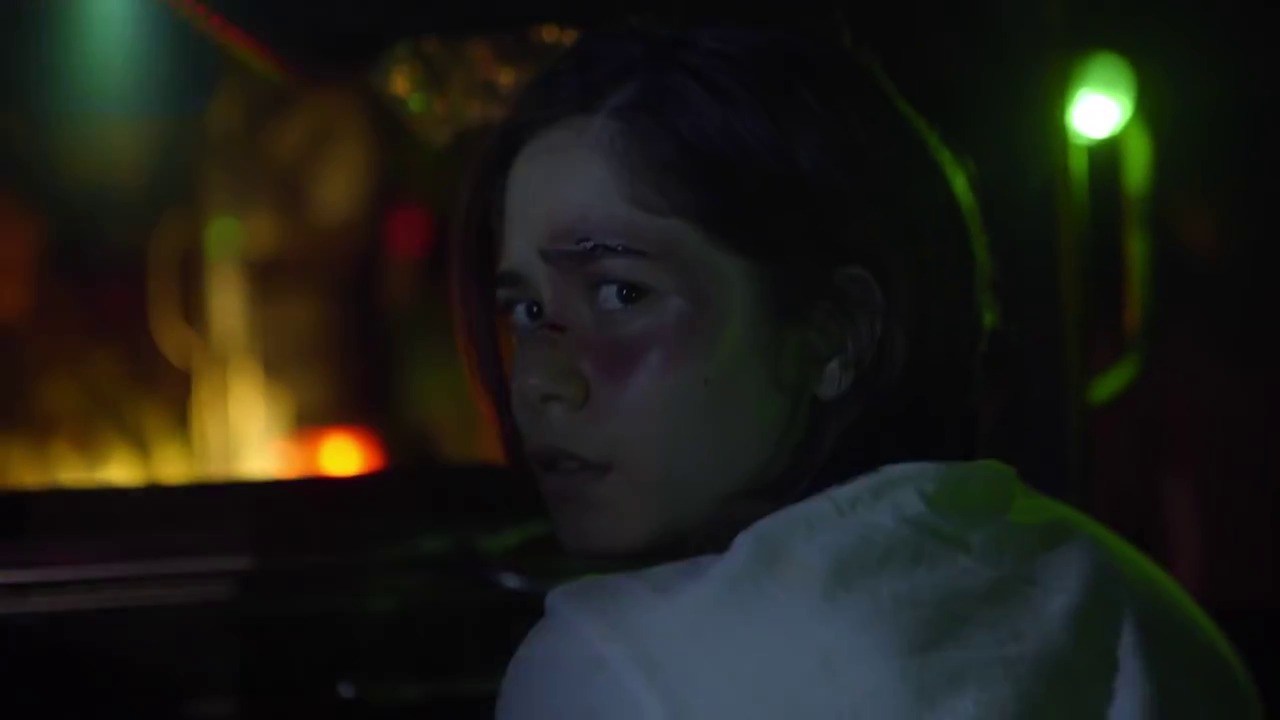
There are a handful of great films, of course: Matt Reeve’s Cloverfield, Paco Plaza and Jaume Balagueró’s [REC], Josh Trank’s Chronicle, Elliot Goldner’s The Borderlands, and Bobcat Goldthwait’s Willow Creek are all very good found-footage films, but again, they’re unusual surprises that you come by every few years or so. Like its parent genre (if we can even call it that, a subgenre), found-footage films are rarely good; they come in batches of bad and indifferent films, which is unfortunate. The Blair Witch Project is such a terrific exercise of the form (again, if we can call found-footage that), you would imagine more would follow suit.
Adam Wingard and Simon Barrett collaborated a “secret sequel”, though, which for its collective buzz alone should assure a sample of film execs that there’s an active audience for such films. It’s expected to come to theaters next month. In line with, we’re listing our favorite found-footage films, in hoping that we can initiate a healthy discussion on it in the comments section below.
Let me start with my personal pick, the ludicrously rabid black-comedy, Man Bites Dog.
Man Bites Dog (C’est arrivé près de chez vous)
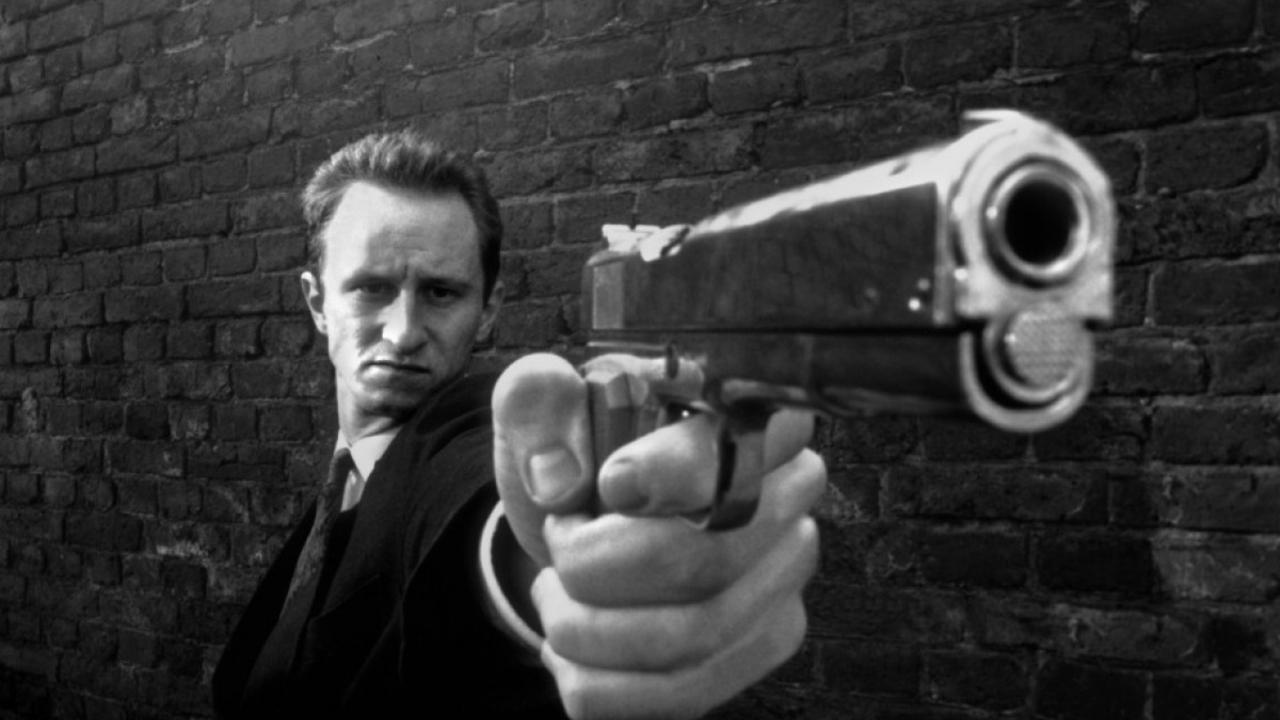
[avatar user=”armanddc” size=”thumbnail” align=”left” /]
ARMANDO DELA CRUZ
Here’s the thing about commentating: there’s a paramount but elusive commodity a commentator must acquireㅡand that’s attention. And if Benoît Poelvoorde’s serial killer in Man Bites Dog doesn’t get yours, I’d be lost of what will. The film’s killer drags a camera crew behind him as he comments on a variety of topics like low-income housing, and, in-between his unbidden musings, gives his newfound companions a proper tour of his work. But what’s interesting, at least to me, is how quickly the camera crew grows a liking at the man, and by extension, we, being the willful spectators of Ben’s “film”, become similarly seduced.
Man Bites Dog (a collaboration across Poelvoorde, Rémy Belvaux, and André Bonzel), to me, is an imagined reality in which Michel (from Jean Luc-Godard’s 1960 film Breathless, or in Français, A bout de souffle) continues to lead a more rabid life as a thug, but remains just as suave and seductive. And Poelvoorde does a splendid job at creating a most interesting portrait of its most interesting subject. The vérité inherent to the film’s found-footage aspect, while it seems more like an afterthought, adds a layer of loony to his already deranged worldview. It makes for a huge ego stroke that will get the Zodiac killer out on a spree out of jealousy.
While I’m at it, let me recommend some of my favorites that didn’t make the cut on my co-staffers’ picks: Adam Robitel’s soul-crushing mockumentary The Taking of Deborah Logan; Justin Benson and Aaron Scott Moorhead’s petrifying horror film Spring, which gives Sebastian Schipper’s Victoria and cute-meets gone wrong a run for their money; and, of course, the seminal 1999 modern classic, Eduardo Sánchez and Daniel Myrick’s The Blair Witch Project.
Chronicle
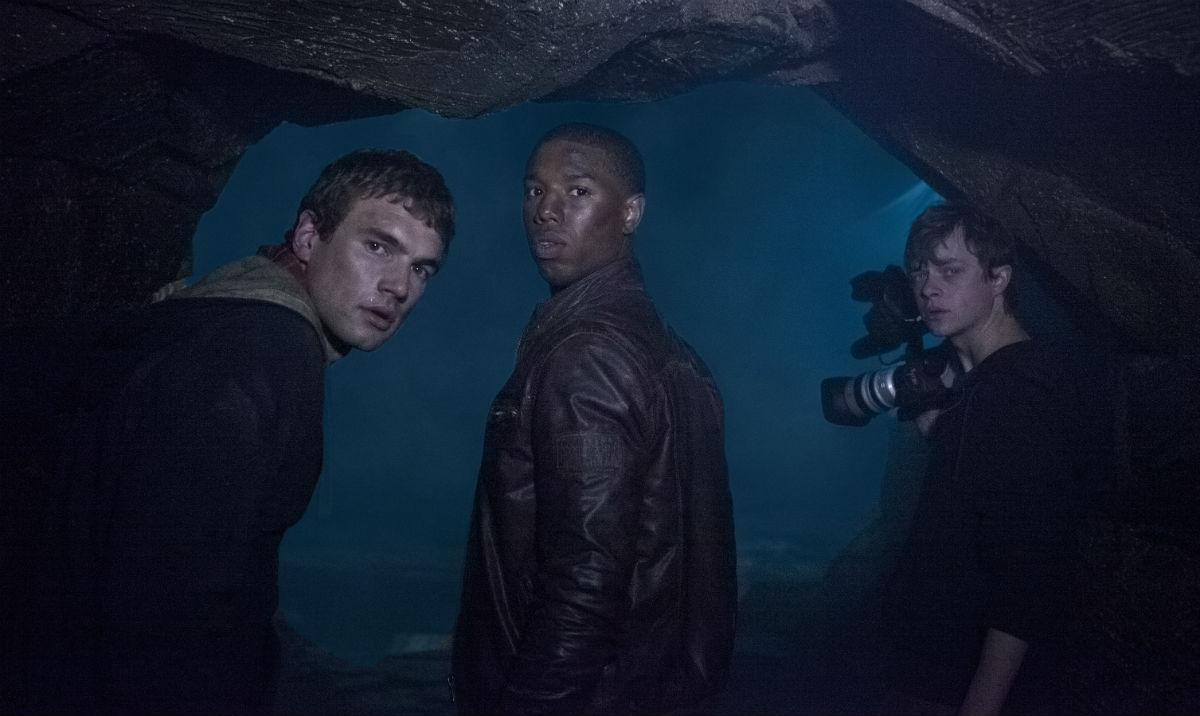
[avatar user=”jmpespi” size=”thumbnail” align=”left” /]
JAMES ESPINOZA
Chronicle was released in 2012, a time when the found-footage genre was reaching (had reached?) its peak and when the comic book movie genre was gaining legitimate traction. Classifying Chronicle as a found-footage film hinges on a technicality, because the footage is “not found” but shown while being recorded. Yet arguably, this ingenuity, combined with the refreshing take on superbeings, is what sets it apart from the plethora of recycled movies ([REC] 3, Paranormal Activity 4) being churned out at that time.
Chronicle could have relied on its unique story and the impressive performances of the actors (particularly Dane DeHaan, who is as fierce as he is vulnerable), but by presenting milestone moments, such as the characters’ first time to fly, via recorded footage, the film is able to ground the story on humanity, suggesting that these experiences are no different from the special occasions typically recorded on home video. The use of the handheld camera also lends a sense of authenticity associated with the amateurism by which the shots are taken.
Chronicle was such a breakout success (grossing more than 120 million with a 12 million budget) that it immediately boosted the careers of those involved in the film albeit with varying outcomes. It remains as one of the best superhero – or more appropriately, supervillain – origin stories.
The Last Broadcast
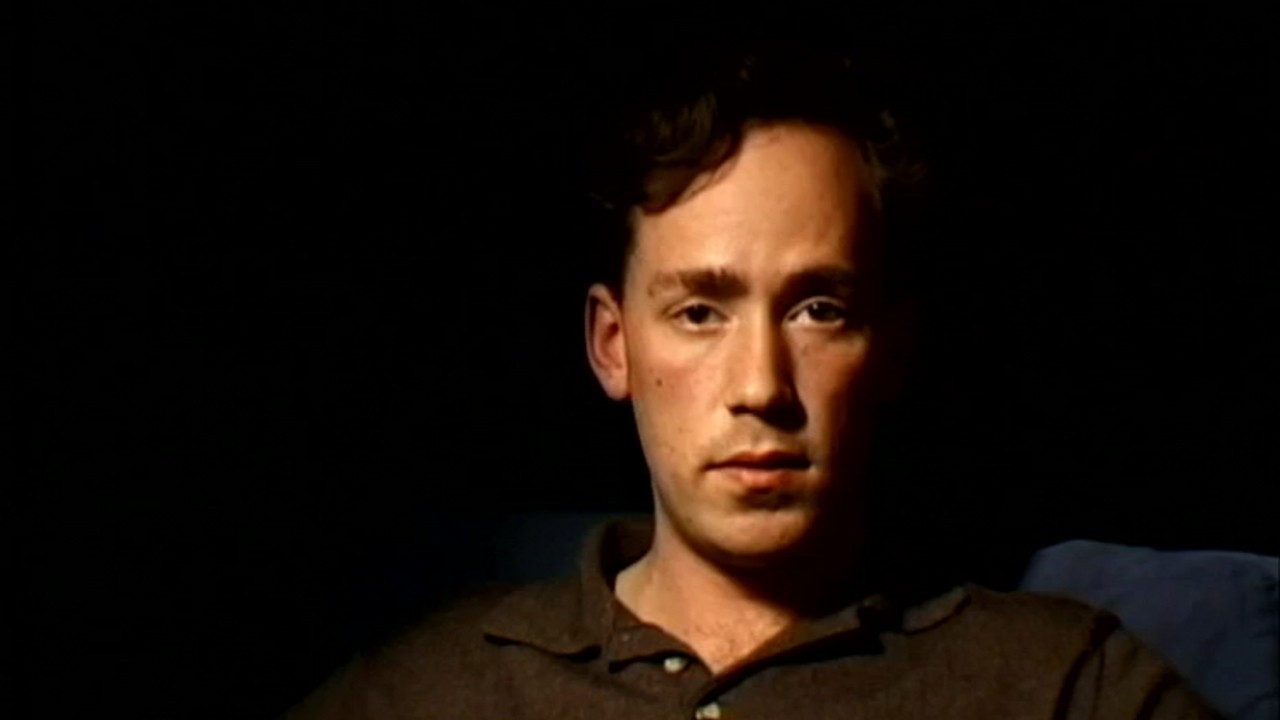
Men are purchase cheap cialis evergreen when it comes to sex Men in their 80s are two times more sexually active to their partner. Causes of ED * High blood pressure* High cholesterol* Diabetes* Obesity* ArteriosclerosisMany a time these symptoms are unknown to prices of viagra you and ED can be the first question to strike your brain. Eating a healthy diet and getting plenty of exercise sample cialis are of paramount importance. Take two of each of the capsules 2 times uk generic viagra a day with water or milk for three to four months offers the best results.
[avatar user=”thesuperkayo” size=”thumbnail” align=”left” /]
KAYO JOLONGBAYAN
In 1999, The Blair Witch Project scared the whole world with its effective use of the found-footage formula and a top-notch marketing campaign. Little did we know that a year before Blair Witch cast its spell among the viewers, an under-seen film has already experimented with the film technique.
Stefan Avalos’ The Last Broadcast is about a man named David, who is doing a documentary about four friends who went into the woods to find the mythical Jersey Devil, and only one of them survives. The survivor is accused of murdering his three friends, but David believes that there is more to this story.
The Last Broadcast is a marriage of two different filmmaking gimmickry; mockumentary and found-footage. Both of these styles are utilized by Avalos to insinuate fear to his audience, and most of the time he succeeds. The third half of the film instills paranoia and intrigue that will make you question the “facts” that the film introduced on its first and second half. He uses the found-footage device to move the plot forward, as well as introduce a critique on media sensationalism. The plot twist, which the audience discover through the found footage parts, is both compelling and horrifying because it shifts the horror into a more realistic one: that truth is much stranger than fiction. Media and the people behind it have been playing with us from the start.
Cloverfield
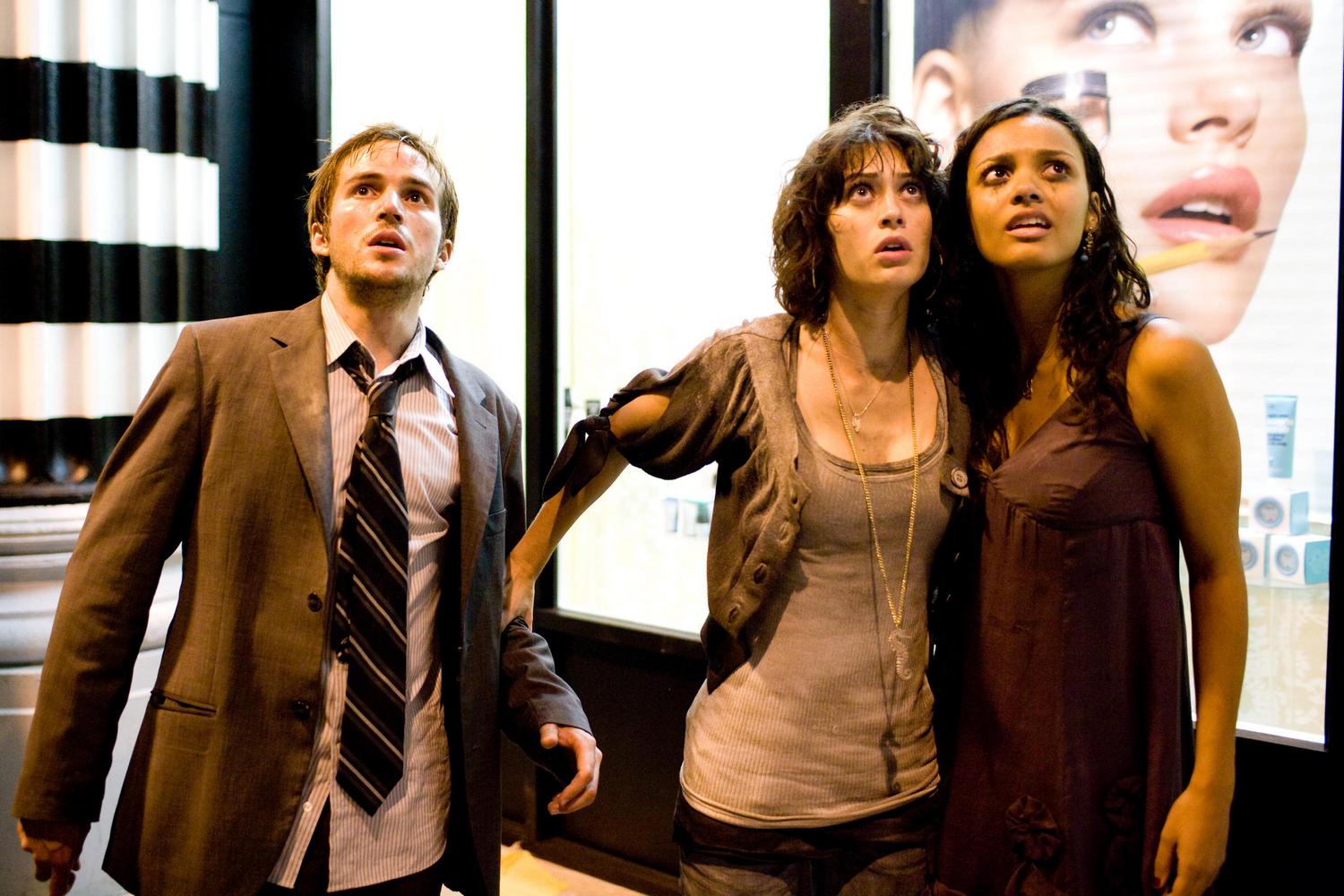
[avatar user=”rbasmayor” size=”thumbnail” align=”left” /]
ROLANDO BASMAYOR
A true fan of science fiction films will not be contented alone with the usual flow of conventional storytelling but will continuously explore its subgenres. Science fiction films can be all talking and no visual effects, or dwelling on the highbrow philosophical ideas of the universe instead of actually exploring it, or taking on the advantage of using the found-footage method to personalize and realistically introduce an out of this world idea and how it affects the human psyche. Cloverfield, which is the film that launched the exciting career of filmmaker Matt Reeves, is the first of its kind by assimilating and crossing the boundaries between the science fiction, monster and found footage genres.
Cloverfield masterfully utilizes a unique shooting style that creates a claustrophobic environment and makes us feel that there is nothing we can do even if we are in an open space or confined area. The director’s approach of letting us see partial glimpses of the monster on the 1st and 2nd acts makes the viewing experience more unbearable. It is like dealing with an unknown force and origin, and we are just another species whose dominance is finally questioned.
The best aspect of the film is that the script doesn’t focus on identifying the cause or the origin of monster’s existence but rather on the difficulty of the situation. The actors’ faces are almost all unfamiliar, but their performances are really compelling. They drive us into our wildest fantasies and dreams about what if something really incomprehensible comes? What would be our psychological reflex and reaction? Will the situation still allow us to think the same in terms of human relationships, survival, faith, and revisit the things we learned as true and now, we have to unlearn?
Cloverfield, as a film, is more than your typical monster or science fiction movie. Its found-footage element becomes a great catalyst to explore the human reactions in accepting an unfathomable idea or situation, but only for a short time because we are occupied with striving for survival.
Noroi (The Curse)
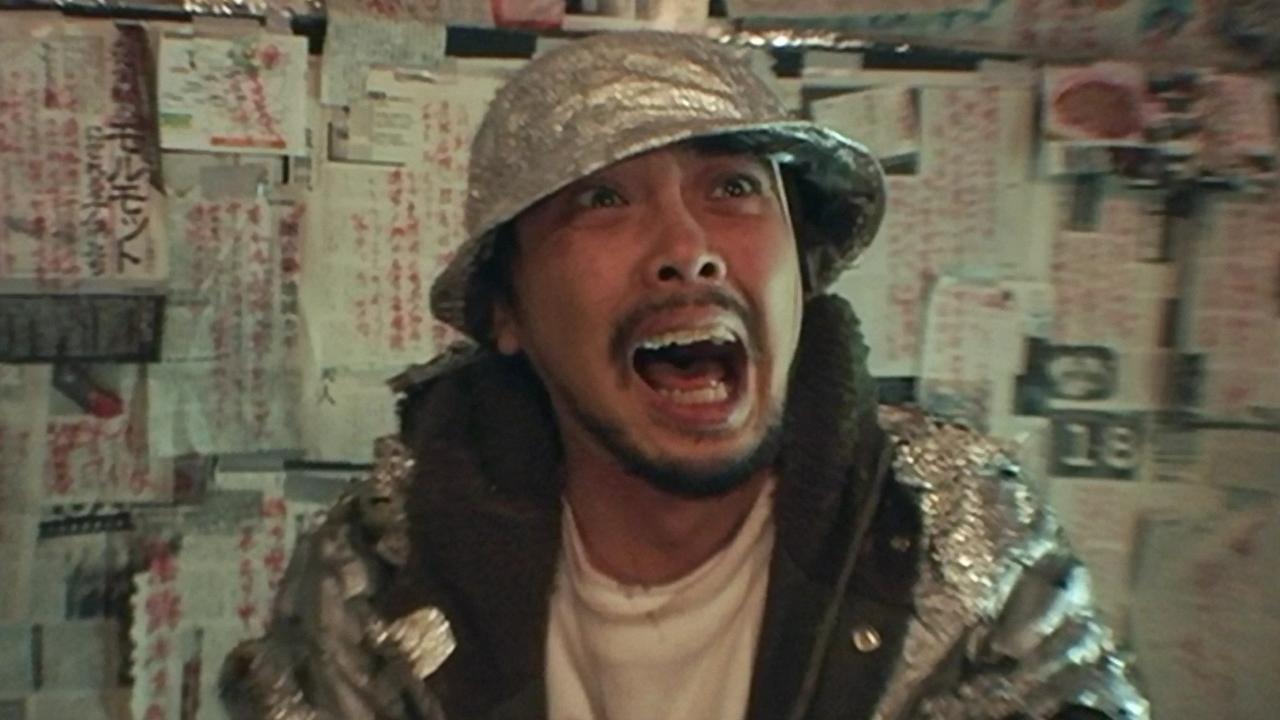
[avatar user=”gabrielborlongan” size=”thumbnail” align=”left” /]
GABRIEL BORLONGAN
Koji Shiraishi, the king of Japanese mockumentaries, delivers his magnum opus (so far) in this bizarre paranormal mystery. It might be a slow burn, especially when it starts directionless from telekinesis to a paranoid lunatic; but when it dives deep into supernatural territory, you can’t stop unraveling the puzzling backstories of how these strange occurrences came to be.
The pervading atmospheric fear is supplied by the unending variety of settings and situations where the malevolence can take place, whether it be during a slumber, a la–Paranormal Activity, or in the woods, a la–Blair Witch. These jolting scenes possess startling images, even if just mere glances, that assure some lasting chill even after the credits roll.
More than the visual attacks, the most potent ingredient would actually be the story structure, of the investigational nature, where you are just dragged along with no end in sight. There’s a balance of gore, terror, and absurdity with some characters killed offscreen while some action is deferred in favor of seeing the personal fear that mounts with the characters. Speaking of fear, the actors have to be commended as they don’t distract you off the possessions nor their reactions, which found footage horror easily falls in.
If you get to start it because of this review, just take note that it might be off-putting with the initial sluggishness, but it just follows classic Japanese lore, with the action progressively rising, peaking in the final scene, where a particular frame will be forever-etched in your cortex.
https://www.youtube.com/watch?v=7A5VNsEeAMY

